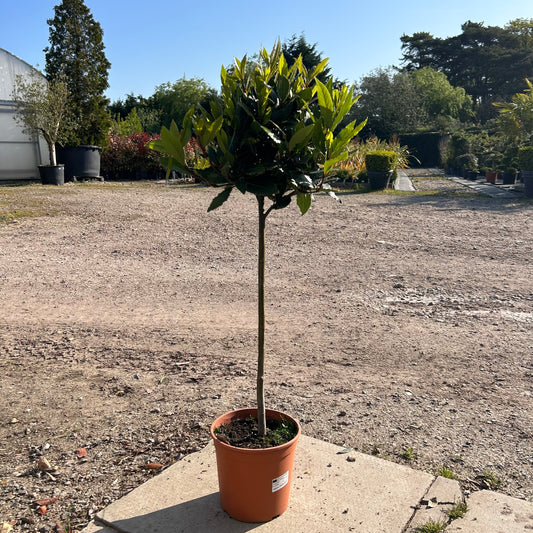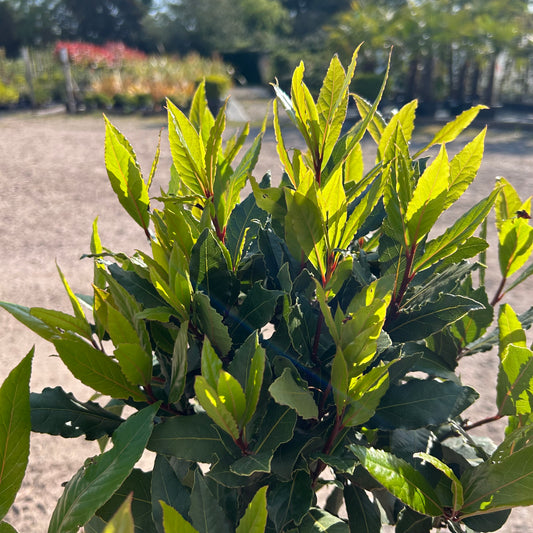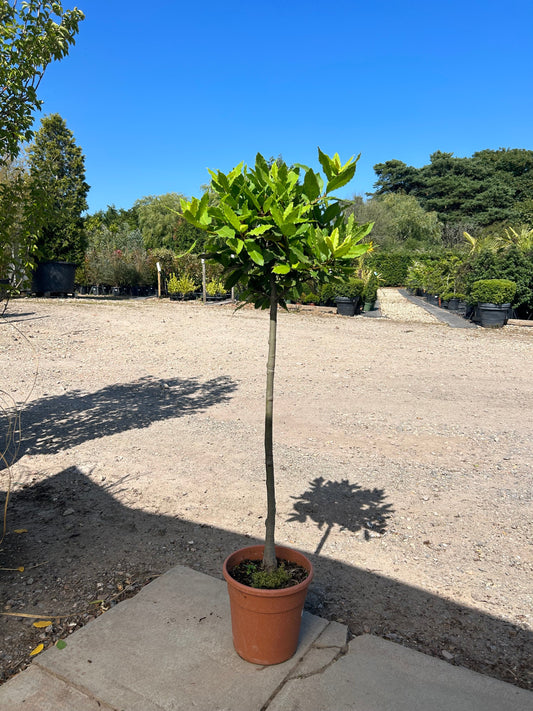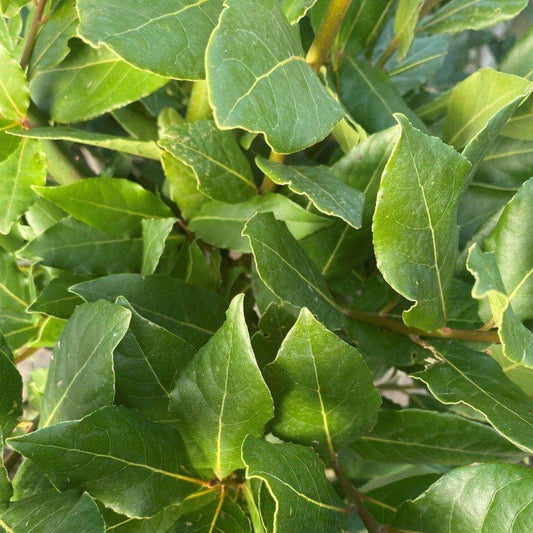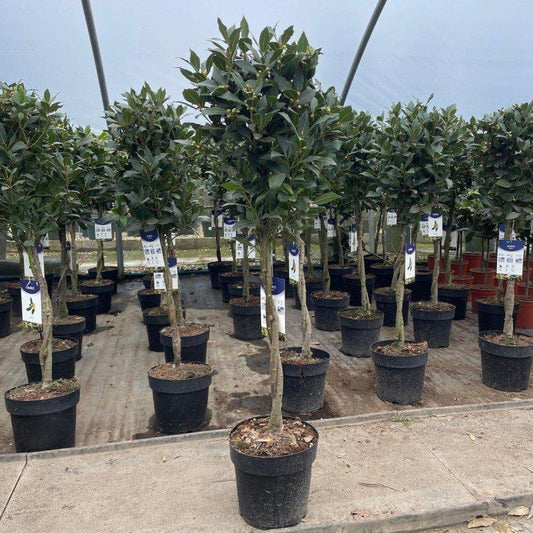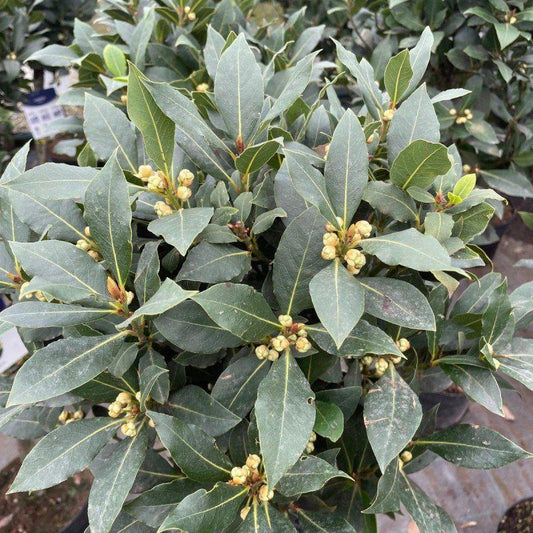Buying Standard Bay Trees
If you're looking to spruce up your garden or add a touch of Mediterranean charm to your outdoor space, standard bay trees are an excellent choice. These versatile and attractive trees are not only aesthetically pleasing but also practical additions to your garden. But before you rush off to your local nursery, you'll want to have a game plan in place. This guide will help you navigate the wonderful world of standard bay trees, from choosing the right variety to caring for your new green companions.
What Are Standard Bay Trees?
Before we dive into the nitty-gritty of buying and caring for standard bay trees, let's start with the basics. What exactly are standard bay trees, and why should you consider adding them to your garden?
Standard bay trees, scientifically known as Laurus nobilis, are small to medium-sized evergreen trees that belong to the laurel family. These trees are native to the Mediterranean region and are renowned for their aromatic leaves, which are often used in cooking to add flavor to various dishes. Standard bay trees feature a classic, symmetrical shape with glossy, dark green leaves and can be grown in gardens or potted on patios and balconies.
The Many Faces of Standard Bay Trees
Standard bay trees come in various shapes and sizes, each with its unique charm. Here are a few popular forms you can consider:
1. Single Stem Standard Bay Tree
The single stem standard bay tree is a timeless classic. It features a single, straight stem that supports a round canopy of lush green foliage. This variety is a great choice if you want to add an elegant, formal touch to your garden.
2. Pyramid Bay Tree
If you're looking for something a little more dramatic, consider the pyramid bay tree. This variety boasts a pyramid-shaped canopy that can add a touch of grandeur to your garden landscape.
3. Spiral Bay Tree
For a whimsical and eye-catching addition to your garden, the spiral bay tree is the way to go. Its unique, twisted trunk and spiral-shaped canopy make it a real showstopper.
Now that you know what standard bay trees are and the different types available, let's explore the nitty-gritty of buying and caring for these delightful additions to your garden.
Choosing the Perfect Standard Bay Tree
When it comes to buying a standard bay tree, you'll want to be a little picky. After all, this tree will likely become a focal point in your garden, so it's essential to make the right choice. Here are a few tips to help you choose the perfect standard bay tree:
1. Consider Your Space
Before you start shopping, evaluate your garden or outdoor space. Think about where you want to place your bay tree. Different varieties have different space requirements, so knowing the available space will help you make an informed decision. Ensure your chosen location receives plenty of sunlight to keep your bay tree happy and thriving.
2. Select a Healthy Tree
When you're at the nursery or garden center, take your time to inspect the tree closely. Look for healthy, vibrant leaves, and avoid any trees with yellowing or browning foliage. A healthy standard bay tree should have a symmetrical shape with no signs of wilting or disease.
3. Think About the Size
Consider the size of the standard bay tree you want. If you have limited space, a smaller variety might be a better fit. On the other hand, if you have a spacious garden and want to make a statement, a larger tree with a more extensive canopy might be just the ticket.
4. Ask Questions
Don't be afraid to ask the nursery staff or seller questions about the tree. Inquire about the tree's age, care requirements, and any specific tips for your region. Engaging in a conversation will not only provide you with valuable information but also give you a sense of the seller's expertise.
Once you've picked the perfect standard bay tree, it's time to take it home and start the journey of nurturing this beautiful addition to your garden.
Caring for Your Standard Bay Tree
Buying your standard bay tree is just the beginning. To ensure your new garden companion thrives, you'll need to provide it with the right care and attention. Here's how:
1. Soil and Potting
If you're growing your standard bay tree in a container, use a well-draining potting mix. Ensure the pot has drainage holes to prevent waterlogged roots. If planting in the ground, choose a spot with well-draining soil.
2. Watering
Bay trees prefer slightly moist soil. Water your tree regularly, especially during dry spells. However, avoid overwatering, as this can lead to root rot.
3. Pruning
Pruning your bay tree is essential for maintaining its shape and size. You can trim it to your desired shape, but it's best to do this during the growing season to encourage healthy regrowth.
4. Fertilizing
Feed your standard bay tree with a balanced, slow-release fertilizer in the spring. This will provide it with the necessary nutrients for healthy growth.
5. Overwintering
If you live in a colder climate, consider bringing your potted bay tree indoors during the winter months to protect it from freezing temperatures.
Interesting Bay Tree Facts
Before we conclude our guide to buying standard bay trees, let's sprinkle in some interesting facts:
-
Historical Significance: Bay leaves have been used since ancient times. The Greeks and Romans crowned their heroes and scholars with bay wreaths.
-
Aromatic Leaves: Bay leaves are a popular addition to soups, stews, and other dishes. They impart a subtle, earthy flavor and are often used to season classics like bouillabaisse and Bolognese sauce.
-
Symbol of Victory: In ancient Greece, bay leaves were associated with victory. Athletes, poets, and conquerors were often awarded laurel wreaths made from bay leaves.
Conclusion
In this guide, we've explored the enchanting world of standard bay trees. From understanding what they are and the different varieties available to choosing the perfect tree and providing the right care, you now have the knowledge to add these delightful trees to your garden.
Remember, buying and caring for standard bay trees is not just about gardening; it's about adding a touch of history and flavor to your outdoor space. So, go ahead, find that perfect bay tree, and watch it flourish into a charming addition to your garden landscape. Happy gardening!
For a delightful selection of standard bay trees, visit Web Garden Centre.
FAQ
How often should I water my standard bay tree?
Water your bay tree regularly, keeping the soil slightly moist but not waterlogged. Adjust the frequency based on the climate and season.
Can I grow a standard bay tree in a small garden or on a balcony?
Absolutely! Standard bay trees can thrive in containers on balconies or small gardens, provided they receive adequate sunlight.
When is the best time to prune my bay tree?
The best time to prune your bay tree is during the growing season, typically in spring or early summer.
Do standard bay trees require special fertilizer?
Bay trees benefit from a balanced, slow-release fertilizer applied in the spring to support healthy growth.


